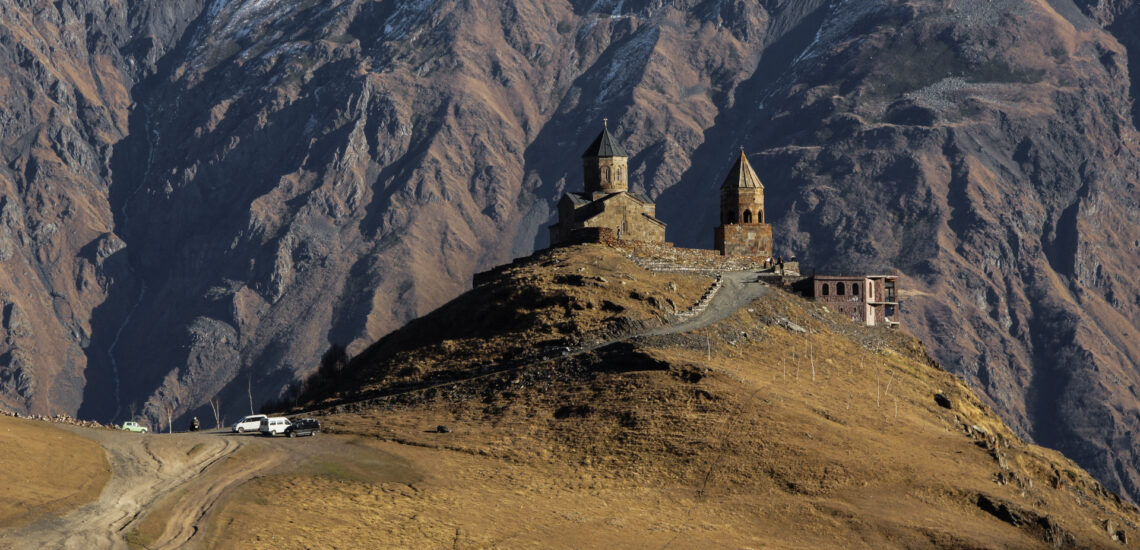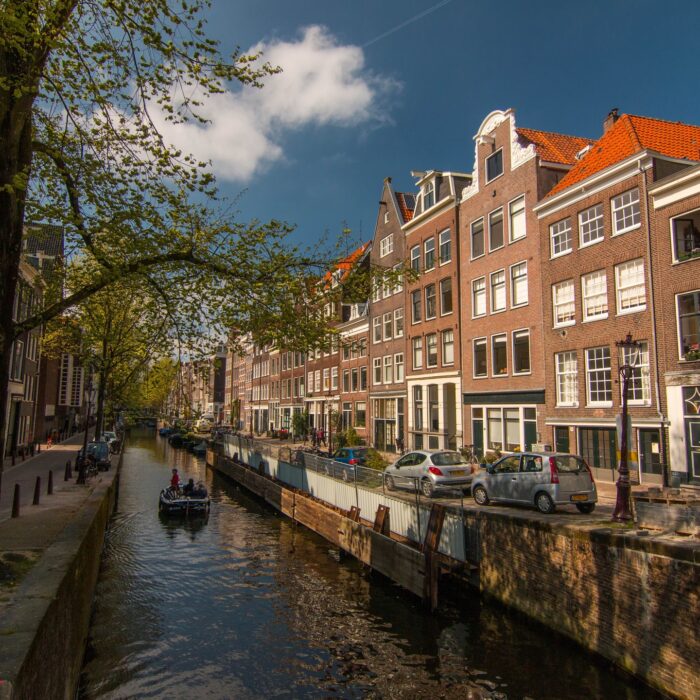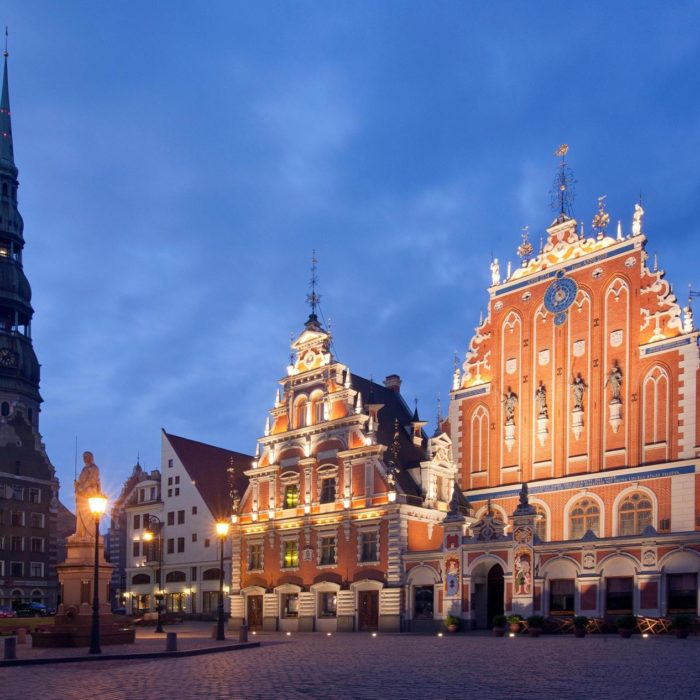10 Interesting Facts About Georgia
Quick facts about Georgia:
- Population: Approximately 3.7 million people.
- Area: Roughly 69,700 square kilometers.
- Capital: Tbilisi.
- Currency: Georgian Lari (GEL).
- Official Language: Georgian.
- Geography: Situated at the crossroads of Eastern Europe and Western Asia, Georgia features a diverse landscape encompassing mountain ranges, lush valleys, and a coastline along the Black Sea to the west.
Fact 1: Georgia is a mountainous country
Georgia is predominantly a mountainous country, with approximately 69% of its total land area characterized by rugged mountainous terrain. The Greater Caucasus range in the north includes peaks exceeding 5,000 meters, while the Lesser Caucasus to the south features diverse elevations, contributing to Georgia’s remarkable geographical diversity.
Svaneti, a historical region in northwestern Georgia, is home to Ushguli, often considered one of the highest continuously inhabited settlements in Europe. This charming mountain village, situated in the picturesque Svaneti region, boasts an elevation of around 2,200 meters (7,200 feet) above sea level. With its ancient defensive towers and stunning mountain backdrop, Ushguli offers not only a glimpse into Svaneti’s rich cultural heritage but also the unique experience of residing in one of Europe’s highest communities.

Fact 2: The wine originated in Georgia
Georgia is widely regarded as one of the oldest wine-producing regions in the world. The tradition of winemaking in Georgia dates back over 8,000 years, and the country is considered the cradle of wine civilization. The ancient winemaking method, known as qvevri winemaking, involves fermenting and aging wine in large clay vessels called qvevris, buried underground. This ancient practice, along with the indigenous grape varieties, contributes to the uniqueness of Georgian wine, making it an integral part of the country’s cultural heritage.
Fact 3: Georgia has the deepest cave in the world
Krubera Cave, located in the Arabika Massif of the Western Caucasus in Georgia, holds the title of the deepest known cave on Earth. The depth of Krubera Cave is an astounding 2,197 meters (7,208 feet), making it a challenging and fascinating destination for cave explorers and researchers. This natural wonder showcases Georgia’s remarkable geological features and contributes to the country’s allure for those interested in spelunking and cave exploration.
 Yuri Kasyan, CC BY-SA 4.0, via Wikimedia Commons
Yuri Kasyan, CC BY-SA 4.0, via Wikimedia CommonsFact 4: There are 2 rebellious regions in Georgia
Georgia has two regions, Abkhazia and South Ossetia, which declared independence from Georgia in the early 1990s. However, their independence is not internationally recognized, and many countries, including Georgia, consider these regions as integral parts of their sovereign territory. These areas have their own governments, but their status remains a subject of international dispute. It’s a complex geopolitical situation that has persisted for several decades.
Fact 5: Georgia has its own alphabet
Georgia boasts its own unique script, known as the Georgian alphabet. The script, called Mkhedruli, has its roots in ancient Georgian writing systems and has been used since the 10th century. It is a distinctive and beautiful script with 33 letters, each representing a specific sound in the Georgian language. The Georgian alphabet is not only a writing system but also a symbol of the country’s rich cultural and linguistic identity.
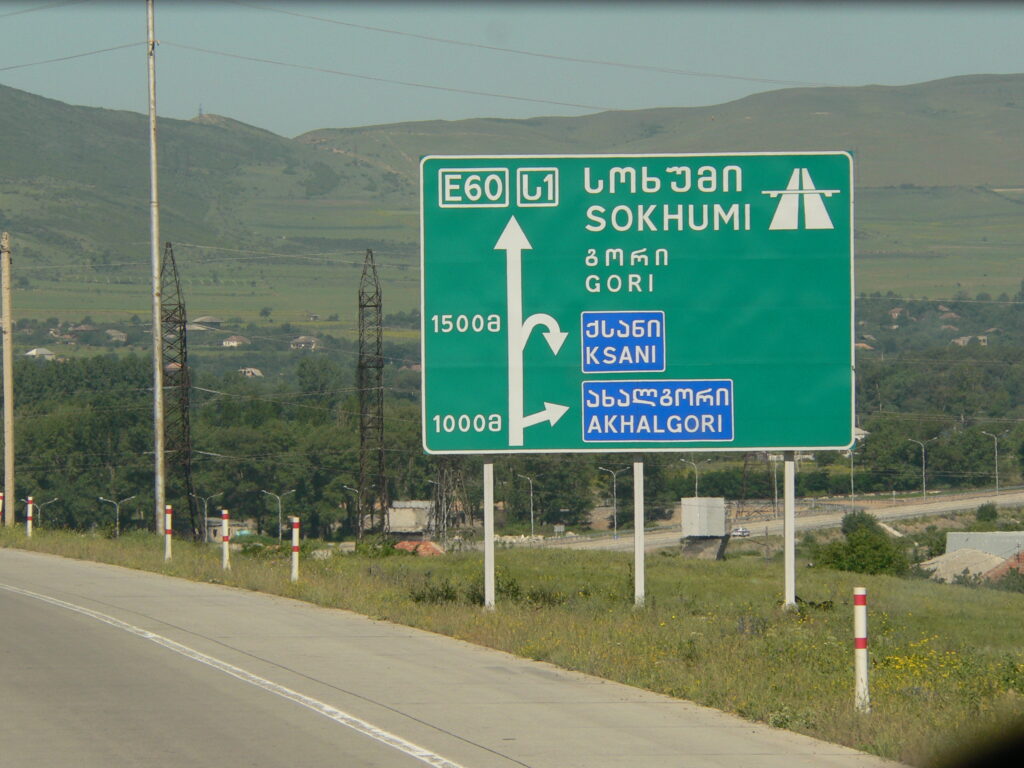 Tsov, CC BY-SA 3.0, via Wikimedia Commons
Tsov, CC BY-SA 3.0, via Wikimedia CommonsFact 6: Georgia is the most corrupt country in the USSR and has overcome it by being independent
Georgia was a part of the Soviet Union (USSR) until its dissolution in 1991. Corruption was prevalent in various Soviet republics, including Georgia. However, it’s important to note that Georgia’s fight against corruption gained momentum after gaining independence.
In the post-Soviet era, Georgia implemented a series of reforms, particularly under the leadership of Mikheil Saakashvili, to address corruption and improve governance. The Rose Revolution in 2003 played a crucial role in ushering in a new government that prioritized anti-corruption efforts. Subsequent administrations have continued these reforms, and Georgia has made notable progress in combating corruption, implementing transparent policies, and attracting foreign investments. While challenges remain, Georgia’s commitment to reducing corruption has been a key aspect of its post-Soviet development.
Fact 7: Georgia has many climatic zones
Georgia is known for its diverse climate and geographical features, which include several climatic zones. The country’s landscapes range from high mountain ranges to coastal areas along the Black Sea. The Greater Caucasus mountains to the north and the Lesser Caucasus to the south contribute to a variety of climates.
The coastal region along the Black Sea, including cities like Batumi and Poti, experiences a humid subtropical climate with mild, wet winters and warm, humid summers. Inland areas may have continental, alpine, or semi-arid climates, depending on their elevation and location. This climatic diversity adds to Georgia’s appeal, providing different experiences for visitors throughout the country.
Note: Before visiting the country, check if you need an International Driver’s License in Georgia to drive.
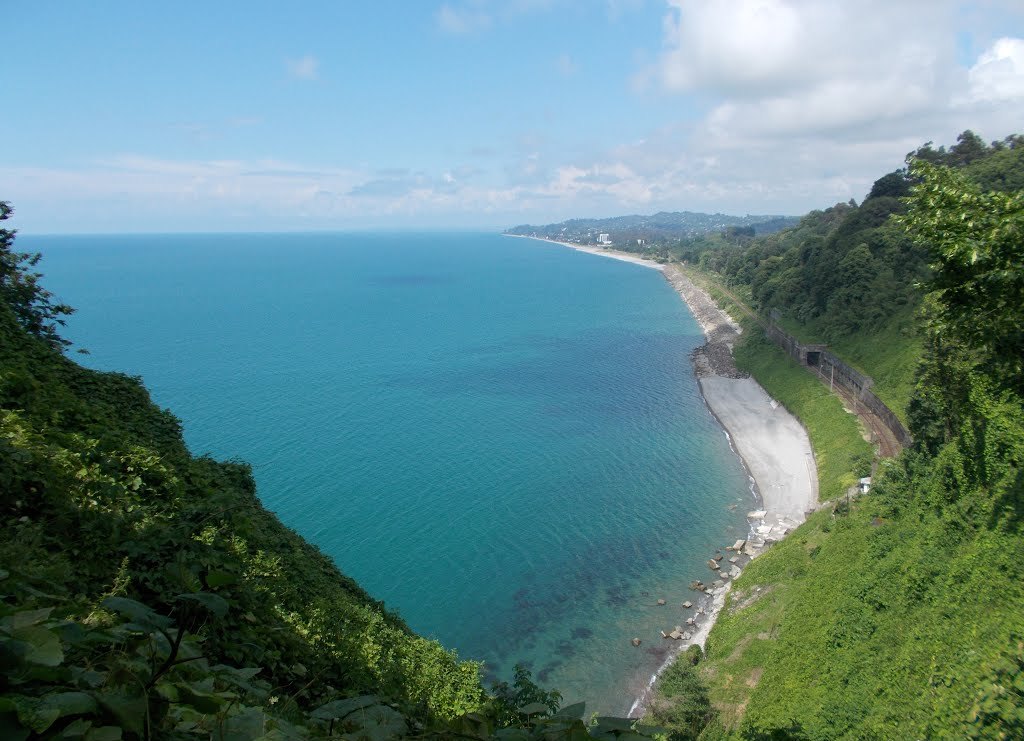 Archil Kikvadze, CC BY 3.0, via Wikimedia Commons
Archil Kikvadze, CC BY 3.0, via Wikimedia CommonsFact 8: Joseph Stalin was born in Georgia
Joseph Stalin, the leader of the Soviet Union from the mid-1920s until his death in 1953, was born in the town of Gori in Georgia. Born as Ioseb Besarionis dze Jughashvili, he later adopted the name Joseph Stalin, which means “Man of Steel.” Stalin played a significant role in Soviet history, leading the country through industrialization, collectivization, and World War II. His birthplace, Gori, has a museum dedicated to his life and legacy.
Fact 9: There’s an entire cave town in Georgia
Georgia is home to the fascinating cave town of Uplistsikhe. Located on the banks of the Kura River, near the town of Gori, Uplistsikhe is an ancient rock-hewn city dating back to the early Iron Age, around 6th-7th century BC. Carved into the rock formations, the town features a complex of tunnels, streets, chambers, and rooms, showcasing an advanced level of urban planning for its time.
Uplistsikhe served as a significant political, religious, and cultural center, with structures ranging from dwellings to a pagan temple and even a Christian basilica. Exploring this unique cave town offers a glimpse into Georgia’s rich history and the architectural ingenuity of its ancient inhabitants.
 Mygeorgianguide, CC BY-SA 4.0, via Wikimedia Common
Mygeorgianguide, CC BY-SA 4.0, via Wikimedia CommonFact 10: Georgians are a very hospitable nation
Georgians are renowned for their warm hospitality and generosity. Hospitality, known as “mig’hmoba” in Georgian, is deeply ingrained in the country’s culture. Guests are treated with immense respect, and it is common for Georgians to go out of their way to make visitors feel welcome.
Georgian hospitality often involves sharing traditional meals, toasting with local wine, and engaging in heartfelt conversations. The concept of the “supra,” a traditional Georgian feast, is a perfect example of the importance placed on communal dining and sharing joyous moments with others.

